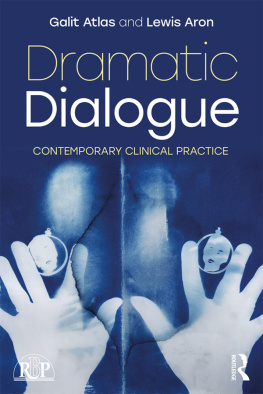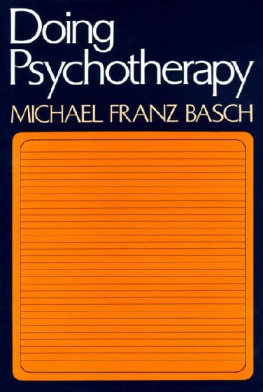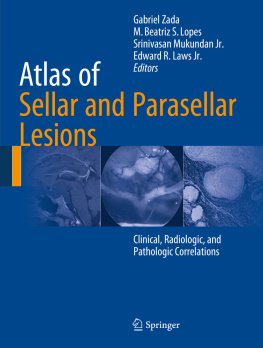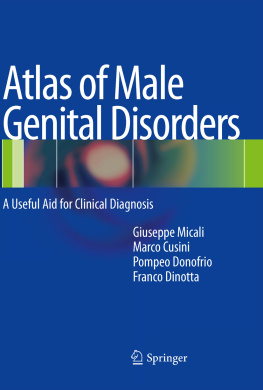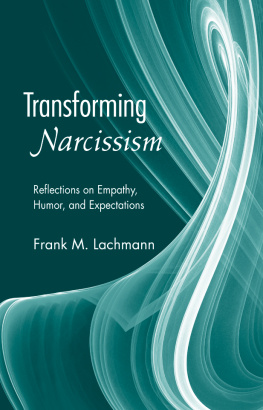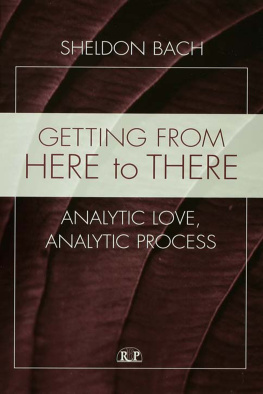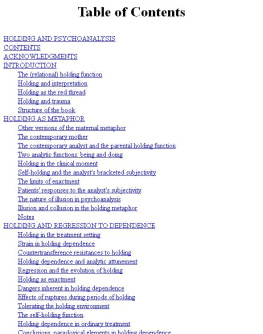
p.i
Dramatic Dialogue
In Dramatic Dialogue, Atlas and Aron develop the metaphors of drama and theatre to introduce a new way of thinking about therapeutic action and therapeutic traction. This model invites the patients many self-states and the numerous versions of the therapists self onto the analytic stage to dream a mutual dream and live together the past and the future, as they appear in the present moment. The book brings together the relational emphasis on multiple self-states and enactment with the Bionian conceptions of reverie and dreaming-up the patient.
The term dramatic dialogue originated in Ferenczis clinical innovations and refers to the patient and therapist dramatizing and dreaming-up the full range of their multiple selves. Along with Atlas and Aron, readers will become immersed in a dramatic dialogue, which the authors elaborate and enact, using the contemporary language of multiple self-states, waking dreaming, dissociation, generative enactment, and the prospective function.
The book provides a rich description of contemporary clinical practice, illustrated with numerous clinical tales and detailed examination of clinical moments. Inspired by Bions concept of becoming-at-one and at-one-ment, the authors call for a return of the soul or spirit to psychoanalysis and the generative use of the analysts subjectivity, including a passionate use of mind, body, and soul in the pursuit of psychoanalytic truth. Dramatic Dialogue will be of great interest to all psychoanalysts and psychotherapists.
Galit Atlas, Ph.D., is on the faculty of the New York University Postdoctoral Program in Psychotherapy and Psychoanalysis, and at the Four-Year Adult and National Training Programs at the National Institute for the Psychotherapies. She is the author of The Enigma of Desire: Sex, Longing and Belonging in Psychoanalysis (Routledge, 2015). Her New York Times article A Tale of Two Twins was the winner of a 2016 Gradiva award.
Lewis Aron, Ph.D., is the director of the New York University Postdoctoral Program in Psychotherapy and Psychoanalysis. He is the author and editor of numerous articles and books on psychotherapy and psychoanalysis, including A Meeting of Minds, and co-editor of the Relational Perspectives Book Series. He is well known for his study and reading groups around the world.
p.ii
Relational Perspectives Book Series
Lewis Aron, Adrienne Harris, Steven Kuchuck & Eyal Rozmarin
Series Editors

The Relational Perspectives Book Series (RPBS) publishes books that grow out of or contribute to the relational tradition in contemporary psychoanalysis. The term relational psychoanalysis was first used by Greenberg and Mitchell to bridge the traditions of interpersonal relations, as developed within interpersonal psychoanalysis, and object relations, as developed within contemporary British theory. But, under the seminal work of the late Stephen A. Mitchell, the term relational psychoanalysis grew and began to accrue to itself many other influences and developments. Various tributariesinterpersonal psychoanalysis, object relations theory, self-psychology, empirical infancy research, and elements of contemporary Freudian and Kleinian thoughtflow into this tradition, which understands relational configurations between self and others, both real and fantasied, as the primary subject of psychoanalytic investigation.
We refer to the relational tradition, rather than to a relational school, to highlight that we are identifying a trend, a tendency within contemporary psychoanalysis, not a more formally organized or coherent school or system of beliefs. Our use of the term relational signifies a dimension of theory and practice that has become salient across the wide spectrum of contemporary psychoanalysis. Now under the editorial supervision of Lewis Aron, Adrienne Harris, Steven Kuchuck and Eyal Rozmarin, the RPBS originated in 1990 under the editorial eye of the late Stephen A. Mitchell. Mitchell was the most prolific and influential of the originators of the relational tradition. Committed to dialogue among psychoanalysts, he abhorred the authoritarianism that dictated adherence to a rigid set of beliefs or technical restrictions. He championed open discussion, comparative and integrative approaches, and promoted new voices across the generations.
Included in the RPBS are authors and works that come from within the relational tradition, extend and develop that tradition, as well as works that critique relational approaches or compare and contrast it with alternative points of view. The series includes our most distinguished senior psychoanalysts, along with younger contributors who bring fresh vision. A full list of titles in this series is available at https://www.routledge.com/series/LEARPBS .
Greenberg, J. & Mitchell, S. (1983). Object relations in psychoanalytic theory. Cambridge, MA: Harvard University Press.
p.iii
Dramatic Dialogue
Contemporary Clinical Practice
Galit Atlas and Lewis Aron

p.iv
First published 2018
by Routledge
2 Park Square, Milton Park, Abingdon, Oxon OX14 4RN
and by Routledge
711 Third Avenue, New York, NY 10017
Routledge is an imprint of the Taylor & Francis Group, an informa business
2018 Galit Atlas and Lewis Aron
The right of Galit Atlas and Lewis Aron to be identified as authors of this work has been asserted by them in accordance with sections 77 and 78 of the Copyright, Designs and Patents Act 1988.
All rights reserved. No part of this book may be reprinted or reproduced or utilised in any form or by any electronic, mechanical, or other means, now known or hereafter invented, including photocopying and recording, or in any information storage or retrieval system, without permission in writing from the publishers.
Trademark notice : Product or corporate names may be trademarks or registered trademarks, and are used only for identification and explanation without intent to infringe.
British Library Cataloguing in Publication Data
A catalogue record for this book is available from the British Library
Library of Congress Cataloging in Publication Data
Names: Atlas, Galit, author. | Aron, Lewis, author.
Title: Dramatic dialogue : contemporary clinical practice / Galit Atlas and Lewis Aron.
Description: Abingdon, Oxon ; New York, NY : Routledge, 2018. |
Series: Relational perspectives book series ; 97 | Includes bibliographical references and index.
Identifiers: LCCN 2017031441 (print) | LCCN 2017033986 (ebook) | ISBN 9781315150086 (Master) | ISBN 9781351368605 (Web PDF) | ISBN 9781351368599 ( ePub) | ISBN 9781351368582 (Mobipocket/Kindle) | ISBN 9781138555471 (hardback : alk. paper) | ISBN 9781138555488 (pbk. : alk. paper) | ISBN 9781315150086 (ebk)
Subjects: | MESH: Psychoanalytic Therapymethods | Psychoanalytic Theory | Psychotherapeutic Processes
Classification: LCC RC506 (ebook) | LCC RC506 (print) | NLM WM 460.6 | DDC 616.89/17dc23
LC record available at https://lccn.loc.gov/2017031441
ISBN: 978-1-138-55547-1 (hbk)
ISBN: 978-1-138-55548-8 (pbk)
ISBN: 978-1-315-15008-6 (ebk)
Typeset in Times New Roman
by Swales & Willis Ltd, Exeter, Devon, UK
p.v
For Shoshi and Yaakov Atlas
p.viii
Next page
